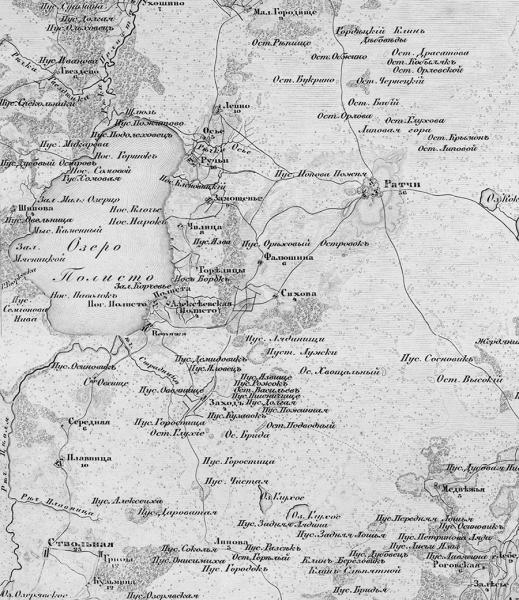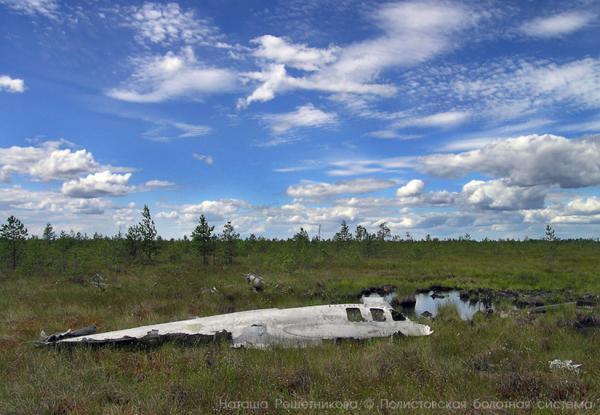Historical and cultural heritage
On the border of the Pskov and Novgorod lands on the left bank of the Lovat River, there is a unique, fortunately, little-known corner of nature with the ancient Russian sonorous name of Rdeisko-Polistovsky edge, not mutilated by "transformations". At present, its Rdeiskaya part belongs to the Kholmsky and Poddorsky districts of Novgorod region, and its Polistovsky part - to the Bezhanitsky district of Pskov region.
There are plenty of bogs everywhere in the southern Ilmens, but the largest is the Rdeisko-Polistovsky bog massif. Despite the lack of arable land, the Rdeisko-Polistovsky region has been inhabited many years ago. Already at the turn of the millennium II the Slavs took a fancy to the banks of large lakes: Polisto, Tsevlo, and the shores of local rivers - Pylka, Tsevla and Polist. The ancient Slavic roots in the geographic names of these places testify to the antiquity of Slavic settlement.
Since there was little land suitable for agriculture, most settlements were tied to the banks of rivers and lakes. Significant marshlands were not inhabited at all, although the population of the villages was numerous.
During the Great Patriotic War, the Rdeisko-Polistovsky region found itself in the partisan movement zone. In the fall of 1942, a punitive detachment came here in order to evict the inhabitants from the settlements. It was the first, forced, exodus from their homes. And here, in front of the distraught people, the Germans and the police poured kerosene and set fire to houses and outbuildings.
After the war people began to return to their native land. Some unknown force was pulling them back to the endless bogs. Polistovsky and Hlavitsky regions were rebuilt, electricity was installed for the centenary of Lenin's birth. But it was already too late. Now the second, voluntary, exodus had already begun. Hundreds of island villages and villages along Polistovsky Lake were deserted, all the buildings were wiped off the face of the earth. Only mentions in publications can still tell the story of this once rich and populous region.
This piece is just a part of the history of the region. And yet the territory, on which the Bezhanitsky and Lokniansky districts are now located, has a rich history, with many secrets and legends, memorable places. In order for as many people as possible to know about the amazing history of the Pskov land, the staff of the Polistovsky Reserve with the support of the IUCN project NPI FLEG II, created the website "Foreign Land" - as an information resource about the sights of Bezhanitsky and Loknjansky districts.
If you are interested in the beauty of the Pskov region, visit our site "Foreign Land"! Perhaps you can discover something new for yourself!





